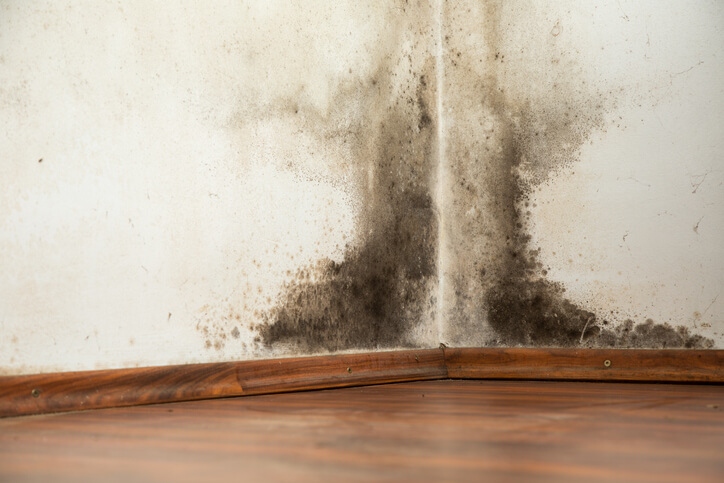In recent years, there has been growing interest in the topic of microbial volatile organic compounds (mVOCs). These compounds are produced by microorganisms such as bacteria and fungi and can have a range of effects on human health and the environment. In this blog post, we will explore what mVOCs are, where they come from, their potential health effects, and how they can be controlled.
What are mVOCs?
Microbial volatile organic compounds, or mVOCs, are a diverse group of organic compounds produced by microorganisms such as bacteria and fungi. These compounds can include alcohols, aldehydes, ketones, esters, and terpenes, among others. mVOCs are often produced as byproducts of microbial metabolism and can be released into the surrounding environment.
Where do mVOCs come from?
mVOCs are produced by a wide range of microorganisms, including bacteria and fungi. These microorganisms can be found in a variety of environments, including soil, water, and air. mVOCs can be produced by microorganisms in a variety of settings, including homes, workplaces, and hospitals.
Some common sources of mVOCs include:
- Damp or water-damaged buildings
- Indoor air pollution
- Mold growth in homes and buildings
- Composting and waste management facilities
- Food and beverage production facilities
- Agriculture and animal husbandry operations
- What are the potential health effects of mVOCs?
The potential health effects of mVOCs are still being studied, and there is much that is still not known about the full range of health effects that these compounds may have. However, some studies have suggested that exposure to mVOCs may be associated with a range of health effects, including:
- Irritation of the eyes, nose, and throat
- Headaches
- Nausea
- Dizziness
- Fatigue
- Allergic reactions
- Respiratory problems
In addition to these acute health effects, there is also some evidence to suggest that exposure to mVOCs may be associated with longer-term health effects, such as increased risk of asthma and other respiratory diseases.
How can mVOCs be controlled?
There are a variety of strategies that can be used to control the production and release of mVOCs. Some of these strategies include:
- Improving indoor ventilation to reduce the buildup of mVOCs
- Reducing sources of moisture and dampness in buildings to prevent mold growth
- Regularly cleaning and maintaining HVAC systems to prevent the buildup of mold and bacteria
- Using air filtration systems to remove mVOCs from indoor air
- Using antimicrobial treatments to control the growth of microorganisms in buildings and other settings
In addition to these strategies, it is also important to take steps to prevent the growth of mold and other microorganisms in the first place. This can be achieved through regular cleaning and maintenance of buildings, as well as through the use of humidity and moisture sensors to detect and control sources of dampness.
In conclusion, mVOCs are a complex and diverse group of organic compounds produced by microorganisms such as bacteria and fungi. While the full range of health effects associated with exposure to mVOCs is still not fully understood, there is evidence to suggest that exposure to these compounds may be associated with a range of acute and long-term health effects. However, there are a variety of strategies that can be used to control the production and release of mVOCs, including improving indoor ventilation, reducing sources of moisture and dampness in buildings, and using air filtration systems to remove mVOCs from indoor air. By taking these steps, it may be possible to reduce the risks associated with exposure to mVOCs. Call today.


